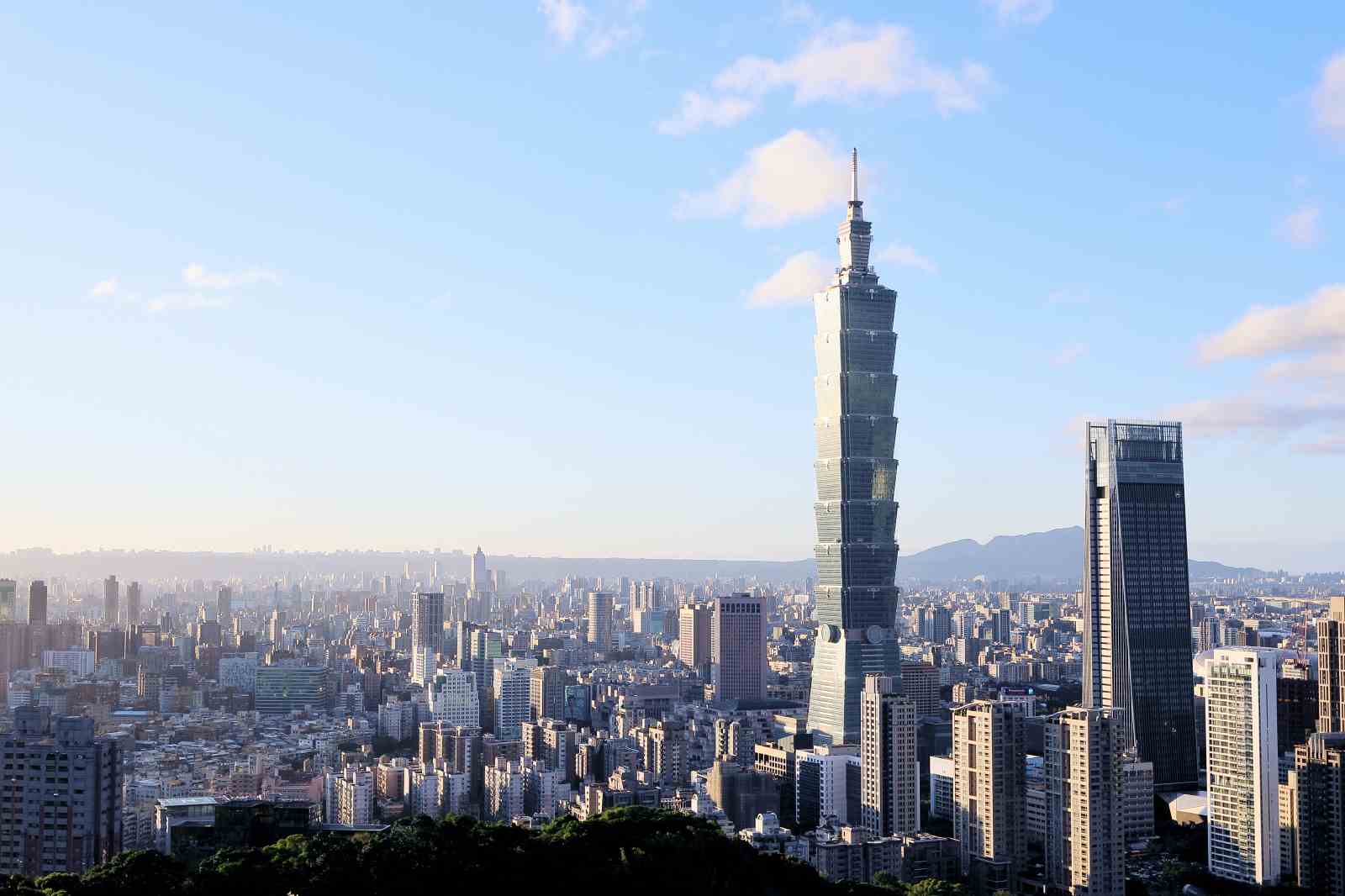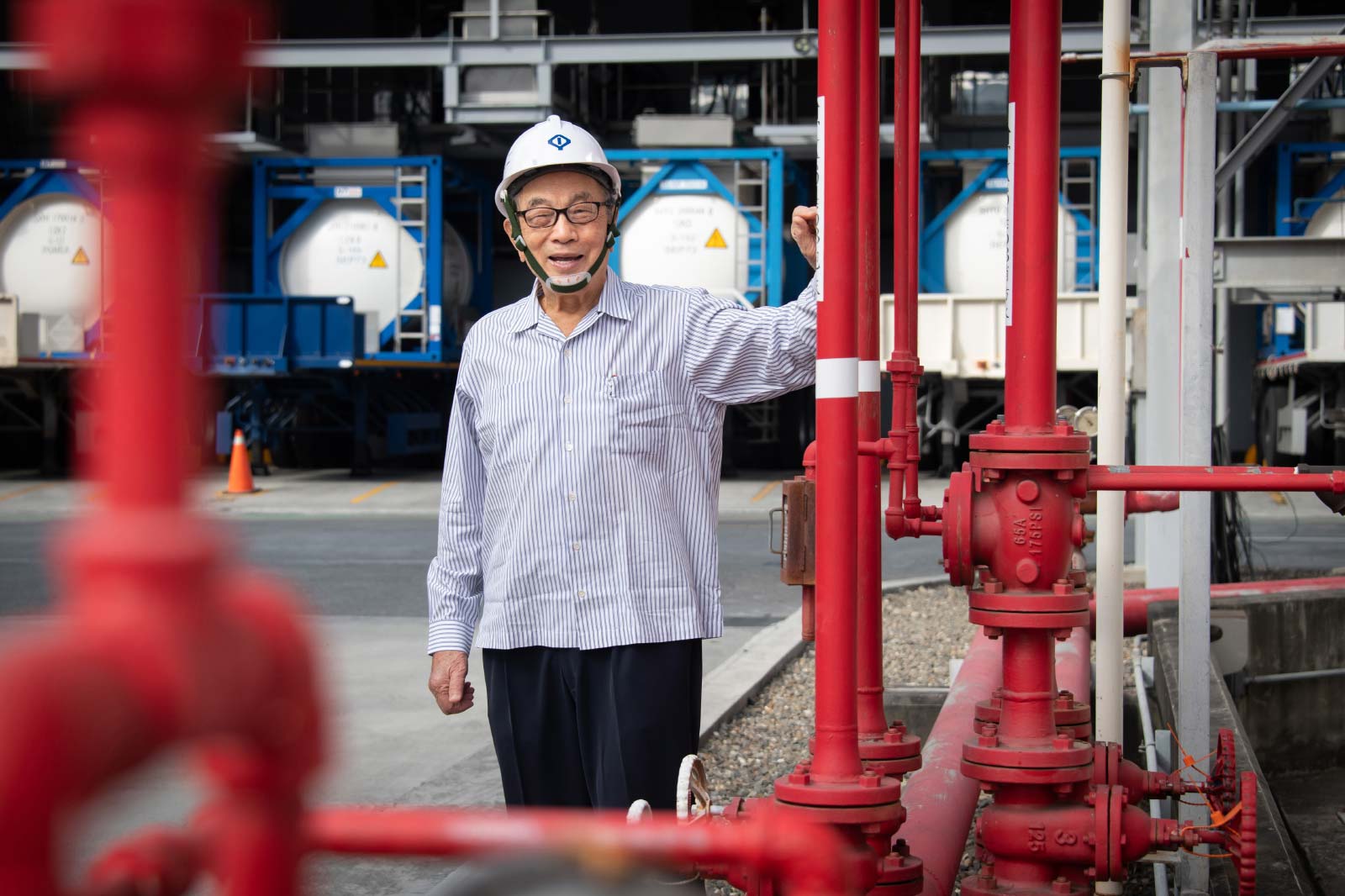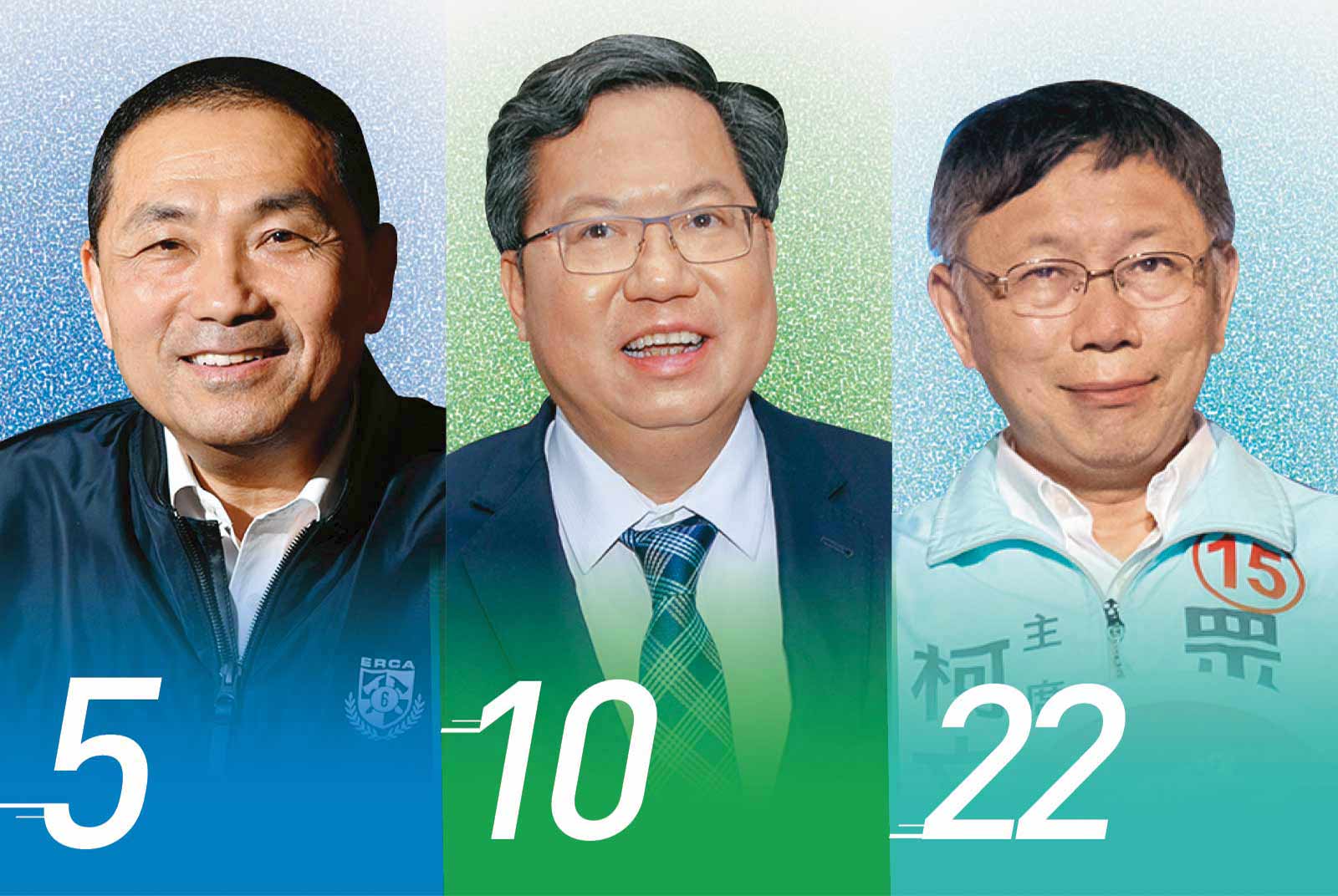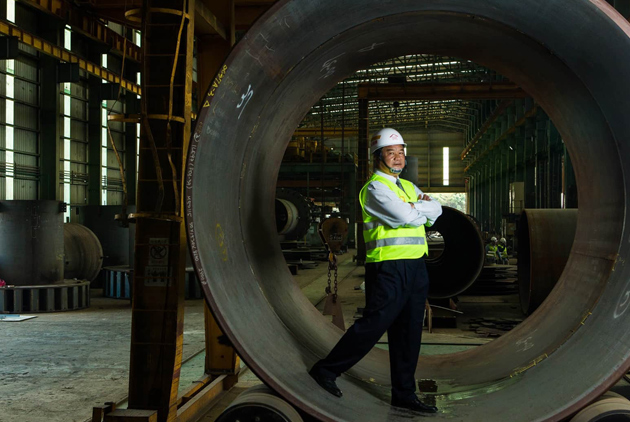CommonWealth City Happiness Survey Taipei Retains Top Spot, So Why Are People Leaving?

Source:Ming-Tang Huang
Taipei City and Lienchiang County were again the big winners in this year’s CommonWealth City Happiness Survey, ranking first among the six major municipalities and counties and cities not among the six largest municipalities, respectively. Tainan and Pingtung staged the largest gains. Among cities with fewer resources, popular trust helped get them through difficult circumstances; meanwhile, an exodus of the capital city’s residents is underway, why?
Views
CommonWealth City Happiness Survey Taipei Retains Top Spot, So Why Are People Leaving?
By Rebecca LinFrom CommonWealth Magazine (vol. 706 )
The results of the 2020 CommonWealth City Happiness Survey have been announced. According to the objective scoring, which counts for 80 percent of the total ranking, Taipei once again took first place among Taiwan’s six major municipalities. However, the city’s chief executive, Mayor Ko Wen-je, scored 21st in performance satisfaction, ranking dead last (Kaohsiung did not receive a score due to the recall of the mayor and the by-election to choose a replacement).
Examining the top-five city strength indicators, Taipei only took first among the six largest municipalities in the Culture and Education category, with Tainan City taking top honors in Social Welfare, Taoyuan City garnering first in Economic Vitality, New Taipei scoring highest in Governance, and Kaohsiung City emerging as a dark horse to earn the top ranking in Environmental Protection.
Taipei City, the municipality with the most resources at its disposal, has not only seen its advantages in various aspects erode, but it also ranked second only to Kaohsiung in terms of citizens’ dissatisfaction across all indicators.
Asked the question posed by the CommonWealth survey “Do you feel happy to live in Taipei City?” the proportion of Taipei City residents answering either “very happy” or “somewhat happy” was only slightly higher than that of Miaoli County, ranking the capital city twenty-first overall.
What contributes to city residents’ happiness? As Taipei’s luster fades, who will rise in its place? And how do cities and counties outside of Taiwan’s six major municipalities bring happiness to their residents despite a relative lack of resources?
Six Majors - Tainan Feels Happy, First in Social Welfare
Among Taipei City residents, whose happiness is on the decline, there has been a steady exodus in recent years, contributing to a rise in “Taipei escapees”.
According to statistics, Taipei recorded its peak population over the last decade during Ko Wen-je’s first year as mayor, reaching nearly 2,705,000 residents. This had decreased by 60,000 people as of the end of 2019, falling to last in population growth, while the labor participation rate dropped precipitously. Meanwhile, it also had the highest crime rate.
In contrast, New Taipei City gained 100,000 residents over the last 10 years, and Taoyuan grew by 230,000. And where the people go, the capital flows. “Mayor Cheng Wen-tsan actively encourages innovation, taking an open approach to smart city development, permitting many vendors to take part,” relates Yang Li-chang, director of the National Innovation and Entrepreneurship Association.

Taoyuan not only ranked among the top two overall in enterprise growth rate and enterprise annual sales volume growth rate, it also climbed to the top position among Taiwan’s six major municipalities in Economic Vitality.
In the area of Social Welfare, Tainan ranked the best among the six largest municipalities for the proportion of volunteers among residents ages 15 and over, and rate of change in deaths by suicide per 100,000 population. It also distinguished itself quite well in its Public Building Obstruction-free Living Environment rating.
Although Tainan fared slightly poorer than Taipei in objective Social Welfare indices, the public holds strong feelings in this regard, giving the highest commendation to Tainan Mayor Huang Wei-cher for his long-term care policy and care for disadvantaged citizens. Experts evaluated Tainan in the following terms: “Obstruction-free environments are on an upward trend, and the city is actively establishing community care bases.”
No Solution to Expensive Housing, Taipei Residents Staging Exodus
Citizens gave disparate ratings for satisfaction with the mayor’s performance and overall city competitiveness, the key perhaps being their feelings toward daily life.
When asked further what issue is most in need of immediate improvement, 44.7 percent of Taipei residents answered high housing prices, followed by traffic congestion, elderly care, and the city’s appearance.
Housing justice (community housing) and transportation, oft-mentioned points of pride for Ko Wen-je, have stagnated six years after he took office. The gap between rhetoric and reality only accentuates citizens’ feelings.
In terms of Culture and Education, National Association for the Promotion of Community Universities Secretary-general Yang Chih-pin reminds people that, with the introduction and promotion of participatory budgets, the Public Participation Committee, and the Youth Participation Committee, Taipei led the way in the “open government” trend, taking tangible steps and giving people a fresh and new impression. However, that has turned stale as these days it appears to have the will and not the way.
Yang believes that data transparency should be the core spirit of open government. Open policy planning and decision-making enables the incorporation of more diverse voices to form a transparent democratic decision-making apparatus, rather than just adhering to convention and packaging appearances.
Outside of Six Major Cities - Hsinchu Sparkles
While the population of cities and counties outside of Taiwan’s six largest municipalities decreases, the top three among 16 municipalities under the scope of the City Happiness Survey, Lienchiang County (Matsu), Hsinchu City, and Kinmen County, have experienced continuous growth.
Feelings of happiness in these municipalities are also the most intense. Asked in the questionnaire whether they are happy, over 90 percent of residents of these three municipalities answered either “very happy” or “somewhat happy.”
Hsinchu City ascended from third place last year to second place to surpass Kinmen County, largely due to marked improvement in Governance and Social Welfare, particularly in relation to governance indicators: Proportionate annual revenue from self-financed resources, criminal case resolution rate, deaths from fires per million people, and rate of change of daily per capita waste production were all outstanding.
Hsinchu Mayor Lin Chih-chien’s chief administrator satisfaction rating similarly climbed to fourth place overall in Taiwan, as both his personal performance and the city’s development complemented each other.
Shu-hui Chang, convener of the United Way of Taiwan Research and Development Commission, believes that Lin Chih-chien’s image as a young, competent maverick with extensive public exposure when he first ran for mayor has lost its freshness during his second term. This is the beginning of putting his capabilities to the test.
Strong public support boost notable improvement by Pingtung and Yilan
This year’s approval rating illustrates the intense competition among Taiwan’s municipalities, for whom even the slightest lapse in attention can result in a backslide.
Two municipalities in particular worked hard to achieve the biggest improvements. Yilan County leapt from eighth place last year to fourth place this year, largely on the strength of excellence in Culture and Education and Social Welfare. Pingtung County also climbed from tenth place to fifth place this year, with notable achievements in Governance and Culture and Education.
One at Taiwan’s tip and the other at Taiwan’s toe, one of the two poor municipalities set an eight-year record, while the other achieved unprecedented performance.
“For small cities like ours to compete is tough,” laments Pingtung County Magistrate Pan Men-an, who ranked first for satisfaction for the second consecutive year. “Without the people’s trust, given such large resource gaps between municipalities, it is difficult to redress certain congenitally poor indicators through the system; they can only be improved.”
Perhaps owing to popular trust in their administrative chiefs, despite being an agricultural county in southern Taiwan relatively lacking in resources, from hosting Taiwan Lantern Festival and the Taiwan Design Expo last year, to national high school athletics championships this year, Pingtung has been able to drive public participation while incorporating the distinctive characteristics of various townships and villages to forge a new image of the county and instill a sense of local pride.
Multiple signs show that chief administrators play a critical role for cities in making their citizens happy.
Municipal chiefs are the only “magicians” capable of defining their city’s character, where each move can be forward or backward. City progress must be accumulated, while disintegration can be imperceptible.
Have you read?
♦ Local Leaders Approval Survey Hints at Taiwan’s Future
♦ CommonWealth 2019 City Happiness Survey
♦ Chen Chien-jen: Solidarity the Key to Taiwan’s Successful Pandemic Fight
Translated by David Thoman
Edited by TC Lin
Uploaded by Penny Chiang





